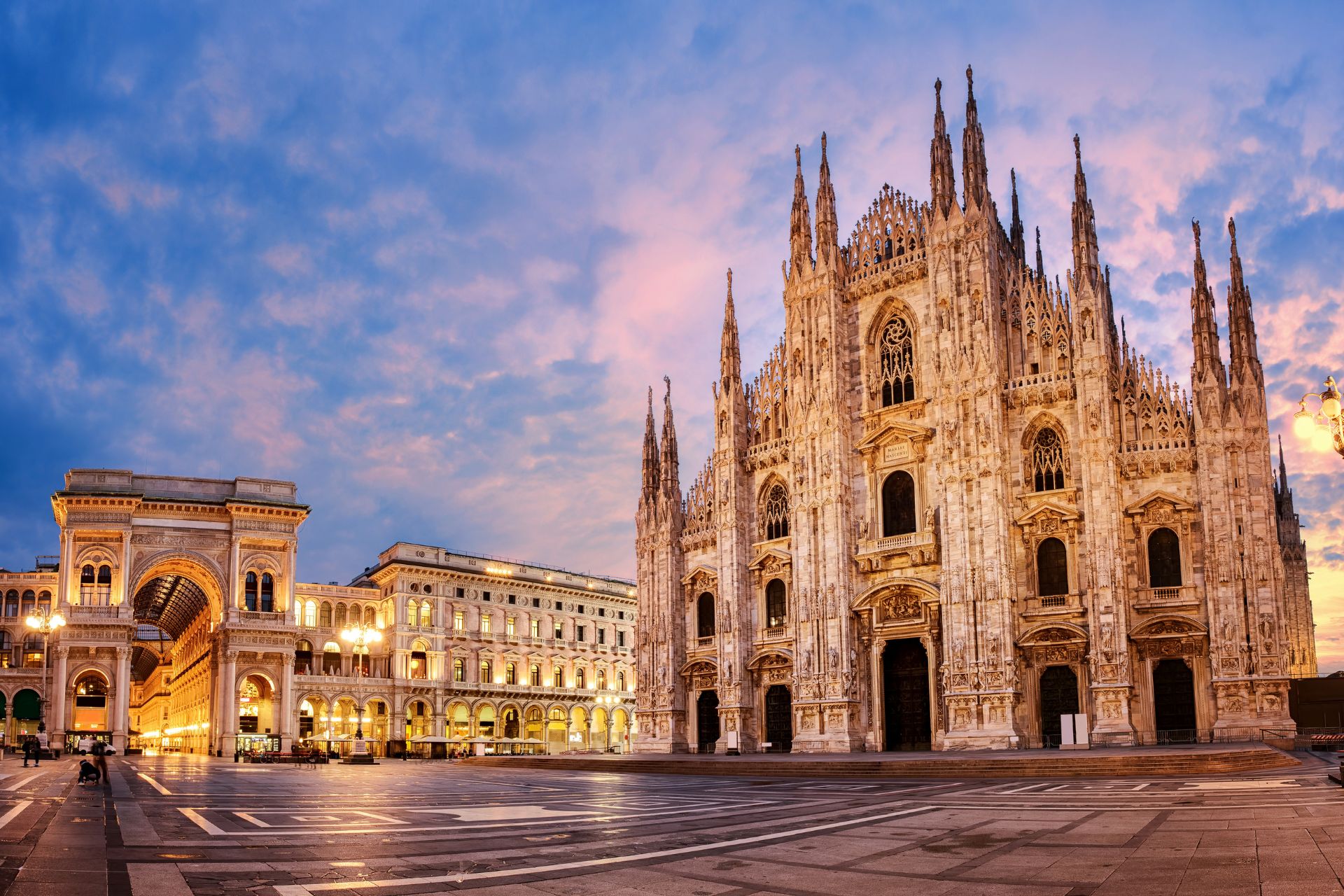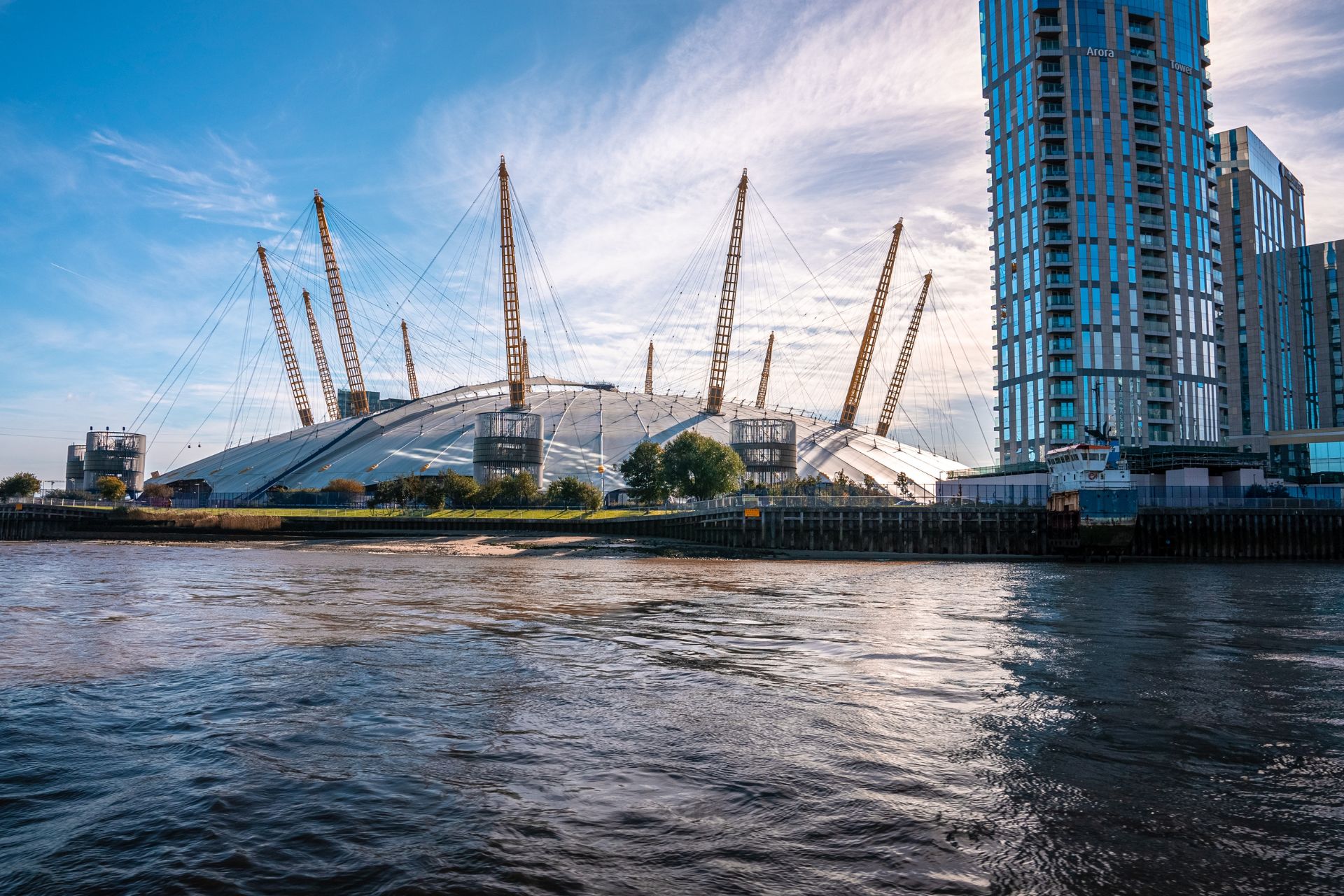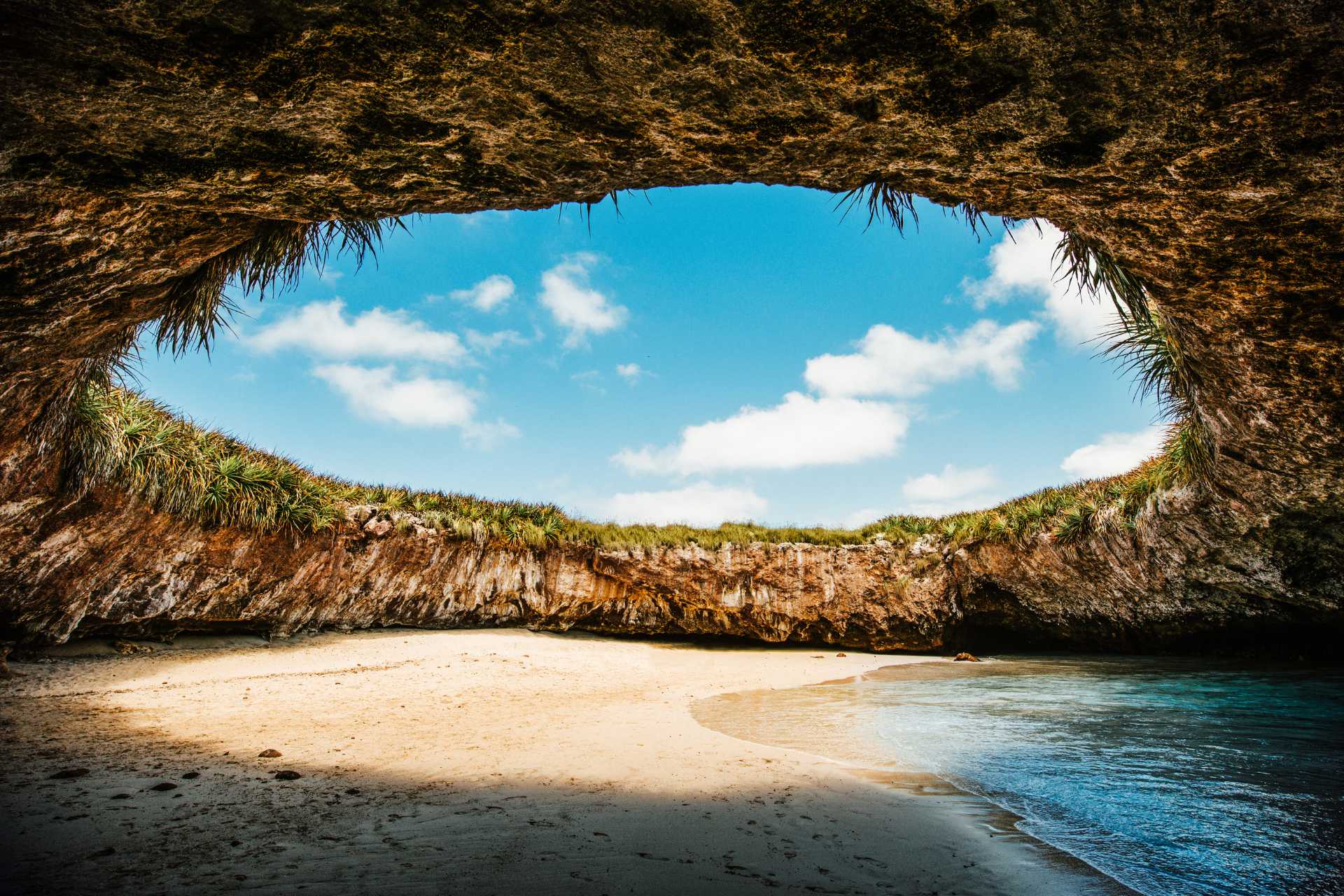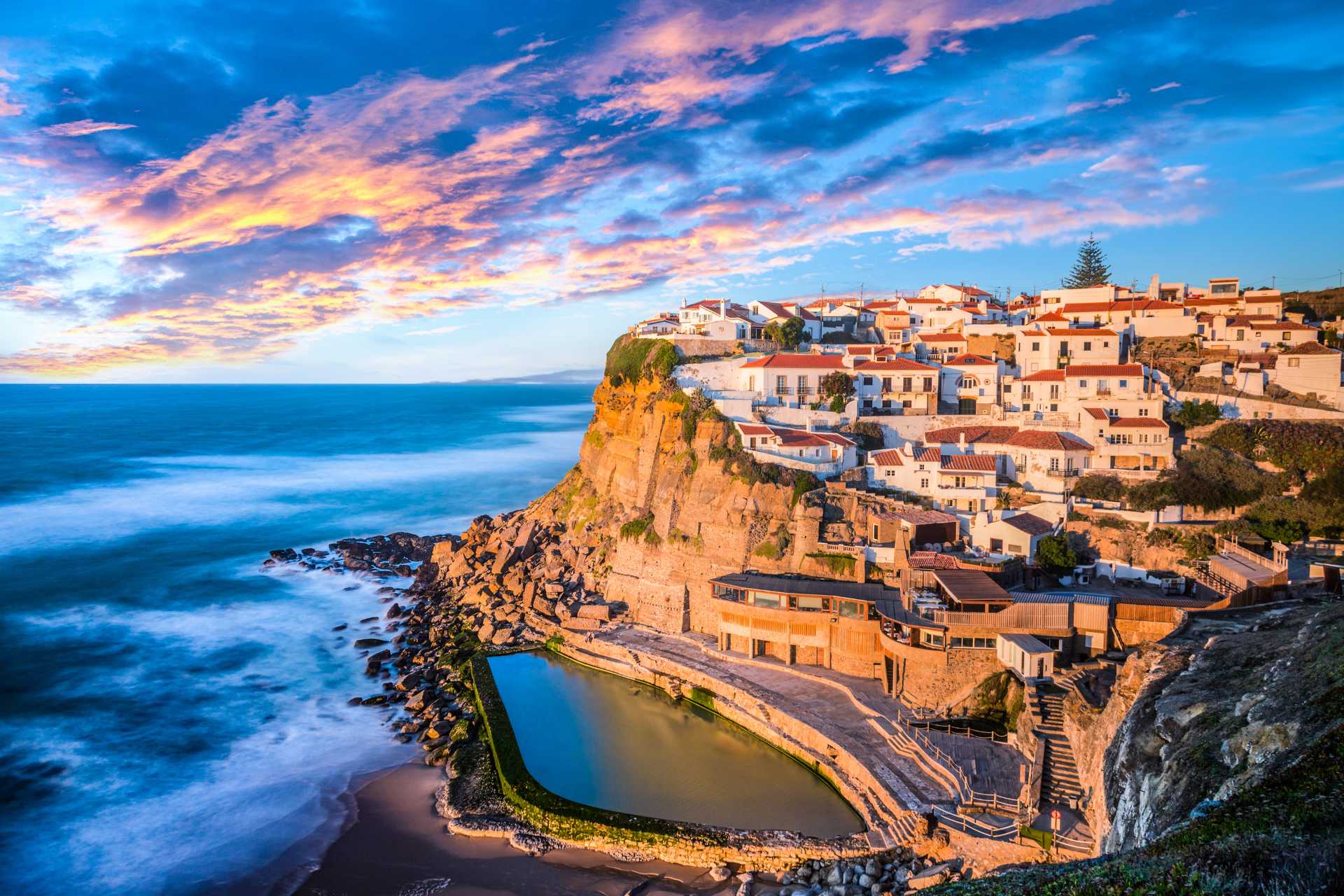Four Cities, One Promise: Italy’s Accessible Wonders

Italy, renowned for its deep-rooted history, rich culture, and tantalizing cuisine, is setting a global example in championing inclusivity and accessibility. With many projects dedicated to inclusive and sustainable tourism, this captivating country ensures that every visitor, regardless of mobility, can immerse themselves in its beauty. Here are some top accessible Italian cities that beckon travelers throughout the year.
Milan
Recognized as Italy’s most international city, Milan stands at the forefront of global events, from the iconic Fashion Week to the revered Design Week. Its cosmopolitan nature, combined with a long-standing commitment to accessibility, ensures that every visitor, regardless of their mobility, can experience the city’s vibrant pulse. The city council’s partnership with several Lombard associations gave rise to ‘Milano per tutti’ (Milan for everyone), an ambitious initiative that has meticulously crafted pedestrian pathways tailored for those with disabilities. As a result, the city’s heartbeat – its central metropolis – opens its arms to everyone.
Venturing into Milan, visitors can conveniently park in dedicated spaces at Piazza Fontana or Piazza Diaz. From there, the pedestrian expanse stretching from Piazza Duomo to Castello Sforzesco unveils itself. This central artery of Milan boasts iconic landmarks such as the grand Cathedral, the regal Palazzo Reale, the Galleria Vittorio Emanuele, and the Museo del Novecento. Piazza dei Mercanti and the Biblioteca Pinacoteca Ambrosiana are also nestled in this area.
Venturing from Piazza Duomo, one can traverse Via Torino, leading to the historic Colonne di San Lorenzo and its accompanying Basilica. Continuing the journey through Corso di Porta Ticinese and staying on its wider right-hand pavement, visitors can find themselves at the scenic Darsena.
For art enthusiasts, the Basilica of Santa Maria delle Grazie, home to the Cenacolo Vinciano, beckons. Convenient parking on Via Paleocapa’s blue lines is recommended for this destination. The Basilica di Sant’Ambrogio, another iconic religious site, is equipped with ramp entrances and a stair lift, enhancing accessibility. Modern areas, such as Corso Como and Piazza Gae Aulenti, prioritize pedestrian movement and are designed to be universally accessible. Piazza Gae Aulenti further facilitates navigation with its ground floor lift equipped with acoustic warnings. For those keen on shopping, Milan ensures an inclusive experience. The city’s central shops, including the esteemed La Rinascente department store, have made provisions to ensure accessibility, with features like spacious lifts.
In Milan, the synthesis of history, modernity, fashion, and design is made all the more special by its unwavering commitment to inclusivity.
Belluno
Nestled in the Dolomites’ embrace, Belluno is not only a visual spectacle but also a beacon of accessibility. With the forthcoming Milan Cortina 2026 Winter Olympics and Paralympics, the city’s commitment to inclusivity is gaining even more momentum.
The ASSI (Associazione Sociale Sportiva Invalidi – Sports Association for People with Disabilities) has taken the lead in mapping accessible routes and amenities. Their project, “Vengo anch’io nelle Dolomiti bellunesi” (“I’m coming to the Belluno Dolomites too”), has been made available as a user-friendly app. In parallel, another initiative, “La montagna per tutti. Accessibilità e inclusione sui sentieri della Valbelluna e nei fondivalle dolomitici” (Mountains for all. Accessibility and inclusion on the trails of the Valbelluna and the Dolomite valley basins), seeks to further the cause of accessibility.
Belluno boasts 14 nature trails tailored for people with disabilities. These trails, accessible by any means including wheelchairs, have been meticulously classified based on their degree of difficulty and facilities available. From tranquil wanders through lush woods to exhilarating outdoor sports, these trails offer an inclusive experience. They span across multiple regions, ranging from the Feltrino area to Val Visdende, and from Alpago to Agordino, encompassing Valbelluna to Cadore. Visitors can easily access trail brochures at the tourist offices of the participating regions, ensuring a seamless exploration experience.
In Belluno, the majestic beauty of the Dolomites converges with an unwavering commitment to accessibility, promising an unparalleled experience for every visitor.
Reggio Emilia
Reggio Emilia stands as a shining example of a city that warmly welcomes all. Under the banner of “Reggio Emilia, City Without Barriers”, the city has taken pioneering steps to ensure a seamless experience for every visitor. The journey into this Emilian gem begins at the futuristic and fully accessible Mediopadana High-Speed Station, a marvel designed by the famed Spanish architect Santiago Calatrava. From this transportation hub, the city beckons, easily reachable by bus or taxi.
Enclosed by historic walls, the heart of Reggio Emilia is a tapestry of ancient paths, each meticulously designed to be accessible to all. As visitors weave through the city, its architectural and historical treasures come to life. From the grandeur of the Duomo and Baptistery to the stately Palazzo del Monte and Palazzo del Capitano del popolo, the city’s narrative unfolds. Iconic landmarks such as the Torre del Bordello and the Church of Santo Stefano add to the city’s allure.
Reggio Emilia’s commitment to accessibility extends beyond its historic sites. An impressive 65 establishments, ranging from shops to eateries, are equipped with ramps to ensure smooth access. Binario 49, a literary café, boasts comprehensive facilities, while the Panizzi Library stands out with its wheelchair platforms, a dedicated space for children and young individuals with communication challenges, and a collection of tactile and Braille books. Beyond the city’s ancient barriers, Piazza Fontanesi, having undergone a recent renovation, now stands as a testament to Reggio Emilia’s dedication to inclusivity.
In Reggio Emilia, history, art, and an unwavering commitment to accessibility converge, ensuring a memorable experience for all who visit.
Syracuse
Syracuse, with its rich ancient heritage, is not just a repository of history but also a city that warmly embraces all. At the heart of its commitment to accessibility lies the Archimedes and Leonardo Museum in Ortigia. Here, inclusivity is more than just a concept—it’s a promise. The museum features wheelchair platforms, tactile experiences for the visually impaired, and Italian Sign Language translations, ensuring that every visitor can immerse themselves in its wonders. This dedication to accessibility also extends to the city’s iconic Cathedral, offering similar inclusive routes for visitors.
Syracuse collaborates with the Region of Sicily to roll out the “Mare per tutti” (Sea for Everyone) initiative. This visionary project encompasses 40 beach facilities, each meticulously designed to welcome visitors with disabilities. The Marine Protected Area, a haven of natural beauty, can be effortlessly explored through multiple access points, from Traversa Renella to Via Vivaldi. Beach lovers can rejoice as the Sbarcadero and Arenella beaches offer complimentary J.O.B. beach wheelchairs, ensuring that the serene waves and golden sands are accessible to everyone.
In Syracuse, the blend of ancient tales, modern initiatives, and an unwavering dedication to inclusivity guarantees an unparalleled experience for every traveler.
With each of these cities standing as a testament to Italy’s commitment to accessibility, travelers can embark on an Italian journey, confident that history, beauty, and culture are well within everyone’s grasp. Buon viaggio!






